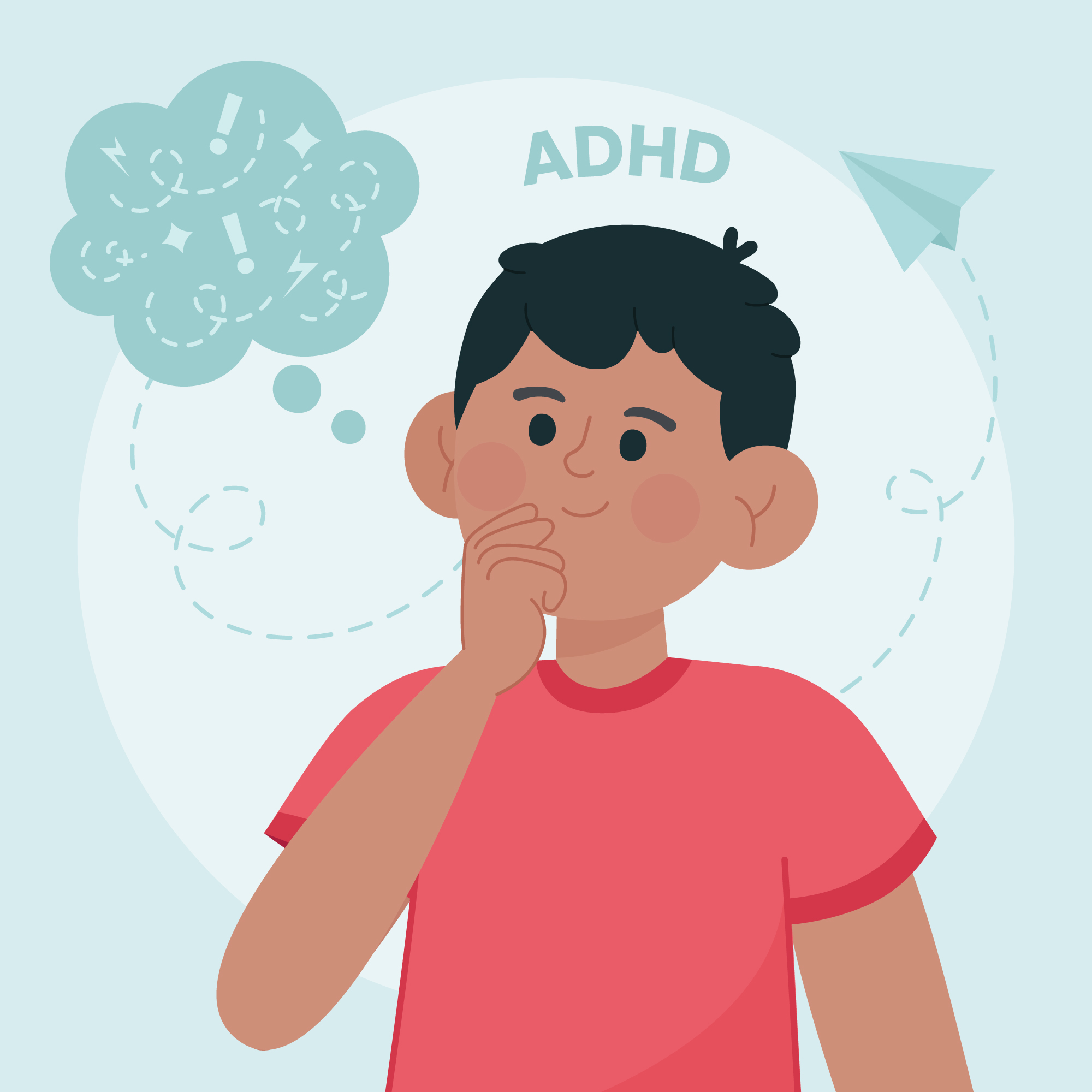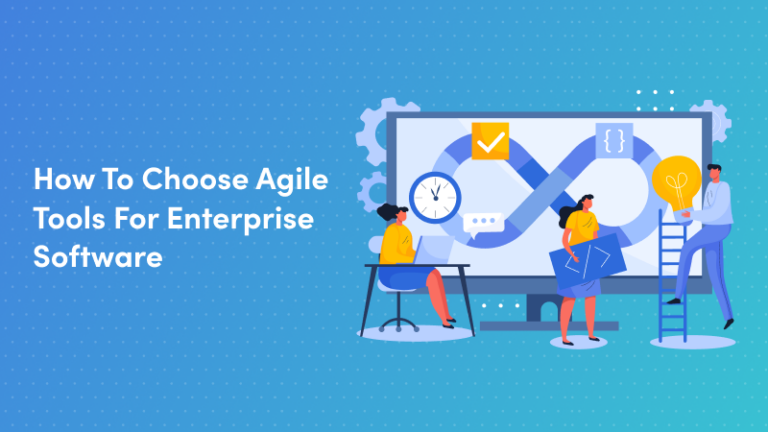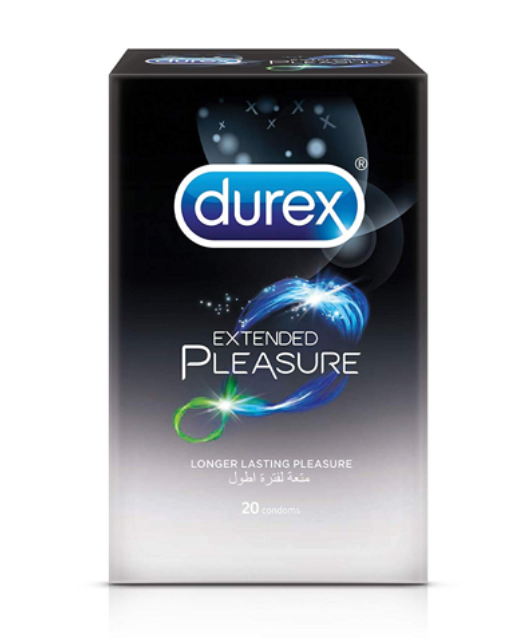
Beyond Medication: Exploring Non-Pharmacological ADHD Treatments for Adults
Managing ADHD as an adult can be a multifaceted challenge, but the reliance on medication is not the only solution. In this comprehensive guide, we’ll dive into the world of non-pharmacological ADHD treatments for adults. From understanding the diverse options to practical strategies, we’ll explore innovative approaches that can help manage symptoms and enhance overall well-being.
The Role of Non-Pharmacological Treatments
Before we delve into non-pharmacological treatments, let’s establish their significance. While medications are a common choice, they may not be suitable for everyone due to side effects or personal preferences. Non-pharmacological treatments provide alternative avenues for managing ADHD in adults.
These approaches focus on enhancing executive functions, attention, and impulse control without the use of medication. They can be used in combination with medication or as standalone methods, depending on individual needs.
Cognitive Behavioral Therapy (CBT)
1. Understanding CBT
Cognitive Behavioral Therapy, or CBT, is a well-established psychological treatment that has shown remarkable effectiveness in managing ADHD. It focuses on identifying and altering negative thought patterns and behaviors. For adults with ADHD, CBT can help develop critical skills like time management, organization, and impulse control.
2. Practical Applications
CBT can be tailored to address the specific challenges faced by adults with ADHD. Therapists work with individuals to set goals, develop strategies, and provide support in implementing behavioral changes. The ultimate goal is to enhance daily functioning and improve symptom management.
Mindfulness-Based Practices
3. The Power of Mindfulness
Mindfulness practices, such as meditation and deep breathing, have gained popularity for their ability to foster self-awareness and emotional regulation. For adults with ADHD, mindfulness can reduce impulsivity and improve attention by training the mind to focus on the present moment.
4. Incorporating Mindfulness
Incorporating mindfulness into daily life involves exercises that increase self-awareness and reduce stress. Practices like mindful breathing or body scans can be employed to regain focus and emotional equilibrium in challenging moments.
Neurofeedback
5. Understanding Neurofeedback
Neurofeedback is a cutting-edge therapy that uses real-time monitoring of brain activity to help individuals gain control over their brain functions. It has shown promise in improving focus and impulse control in adults with ADHD.
6. The Process
During neurofeedback sessions, individuals are provided with real-time feedback on their brainwave patterns. By learning to control these patterns, they can enhance their ability to focus and manage impulsivity. It’s a personalized and highly innovative approach to managing ADHD.
Exercise and Physical Activity
7. The Benefits of Exercise
Physical activity has been proven to reduce symptoms of ADHD. Exercise releases endorphins, which can improve mood and increase focus. Incorporating a regular exercise routine into your daily life can have a positive impact on symptom management.
8. Strategies for Implementation
Engaging in regular exercise doesn’t require a strict regimen. Activities like jogging, swimming, or even yoga can be highly effective in reducing ADHD symptoms. The key is to find an activity you enjoy and can maintain consistently.
Diet and Nutrition
9. The Impact of Diet
Diet plays a significant role in managing ADHD. Certain dietary patterns can exacerbate symptoms, while others can improve focus and impulse control. Omega-3 fatty acids, protein, and whole foods are particularly beneficial for adults with ADHD.
10. Making Dietary Adjustments
Making dietary changes can be a powerful addition to non-pharmacological ADHD treatments for adults. Opting for whole foods, reducing sugar intake, and considering supplements when necessary can lead to improved symptom management and overall well-being.
Environmental Modifications
11. Creating an ADHD-Friendly Environment
Making adjustments to your physical surroundings can significantly impact your ability to manage ADHD symptoms. Reducing clutter, creating an organized workspace, and minimizing distractions can enhance focus and productivity.
12. Technology as an Aid
In our digital age, technology can be a valuable tool for adults with ADHD. Utilizing productivity apps, calendars, and reminders can help with time management and organization.
Support Systems
13. Building a Support Network
Managing ADHD is a journey that doesn’t have to be traveled alone. Building a robust support network is essential. Support groups, professional coaching, and therapy can provide guidance and emotional support.
14. The Role of Professional Guidance
Working with healthcare professionals, such as therapists, dietitians, and coaches, can be invaluable. They can help tailor non-pharmacological treatments to your unique needs and provide ongoing support and guidance.
In conclusion, non-pharmacological treatments offer a diverse range of options for managing ADHD in adults. By exploring cognitive-behavioral therapy, mindfulness practices, neurofeedback, exercise, nutrition, environmental modifications, and building a strong support system, individuals can find effective ways to manage their symptoms and enhance their overall well-being. The key is to tailor the approach to individual needs and work closely with healthcare professionals to achieve the best results in managing adult ADHD.



